Background
Simple machines are important for daily life and can be seen in the home, school or on the playground. Simple machines are tools that change the size and/or direction of force to make work easier. By using simple machines, ordinary people can lift large stones, move blocks over great distances, and even build pyramids.
In this unit, students will be introduced to the physics concepts of force and work, and four types of simple machines: inclined plane, wheel and axle, lever, and gears. Students will be able to investigate how force can be applied to make work easier with 4 builds that feature these simple machines: an Inclined Plane, a balancing Lever, a Spring Car, and a Clock. Students will also gain insight into tools that have been used since ancient times and are still in use today.
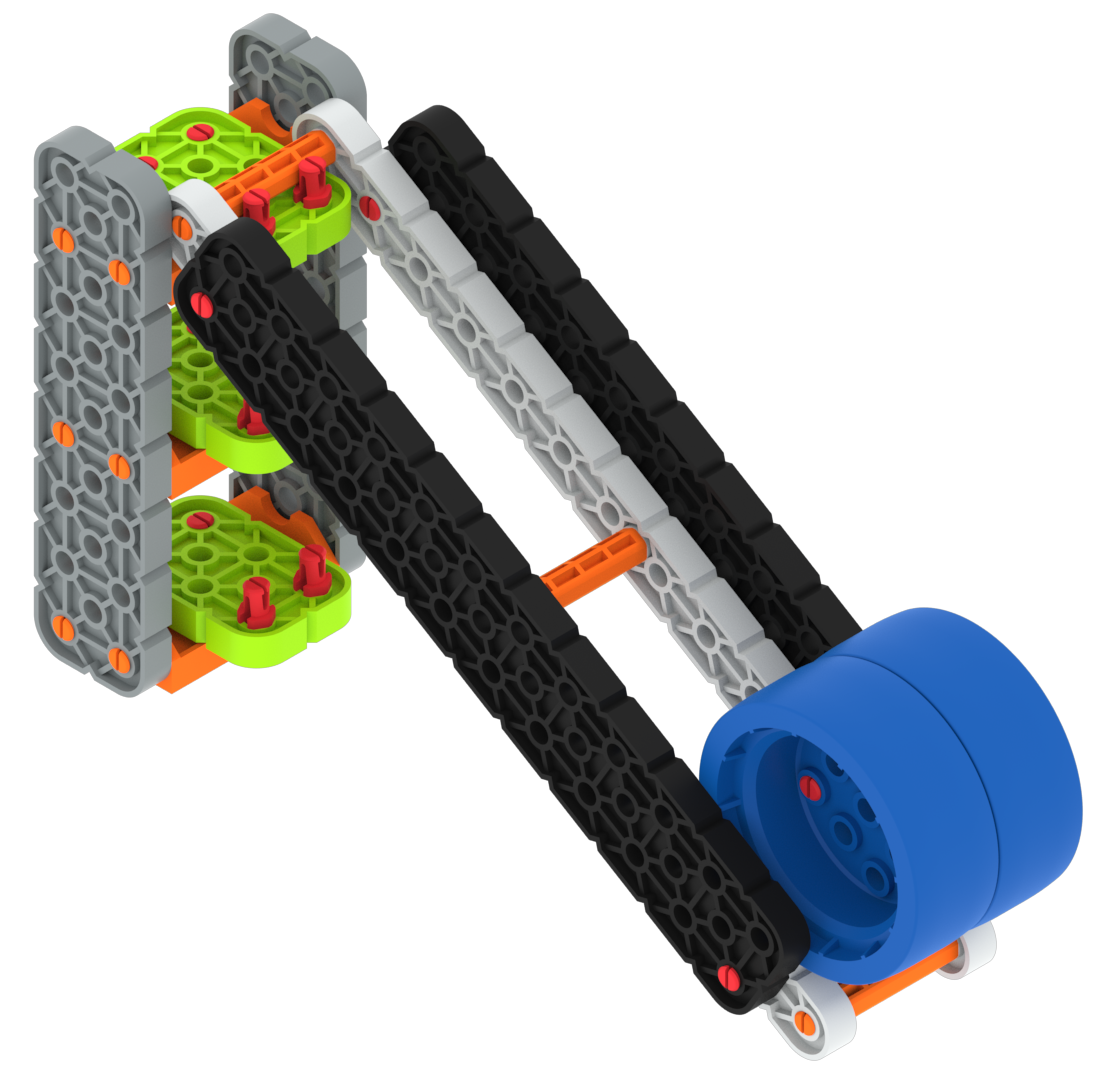
What is a Simple Machine?
A simple machine is a tool that changes the size and direction of a force to move an object. Simple machines are devices with few or no moving parts that make work easier. Simple machines have been around for thousands of years and continue to be useful. In this unit, students will be introduced to four types of simple machines: inclined plane, wheel and axle, lever, and gears.
| Inclined Plane | Lever | Wheel & Axle | Gear |
|---|---|---|---|
| The inclined plane is tilted surface that is used to raise or lower an object. | A movable bar attached to or positioned on a pivot point called a fulcrum. | Makes it easy to move things by rolling them, thereby reducing friction. | A wheel with teeth around the edges, and is used to transfer, increase or decrease force. |
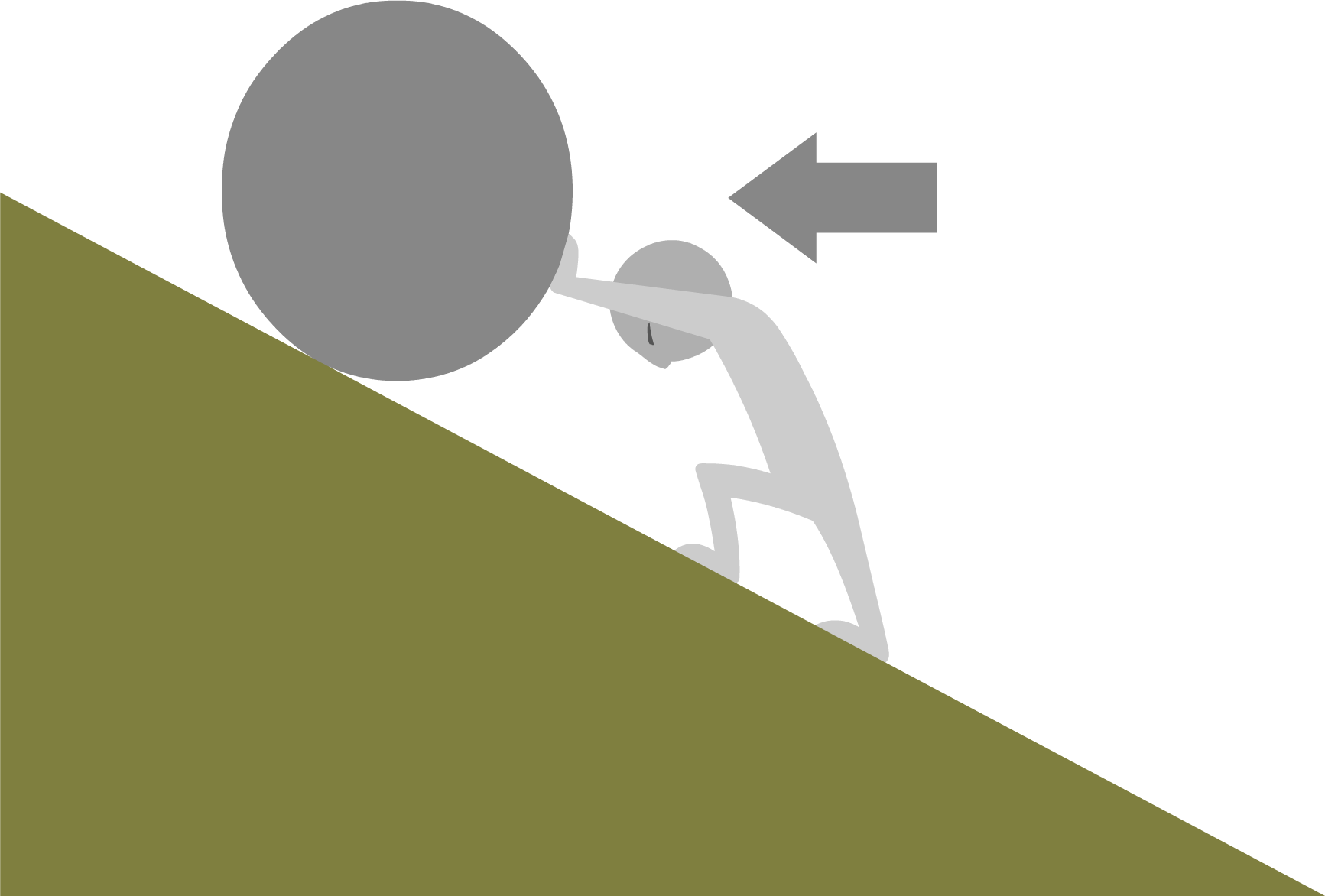 |
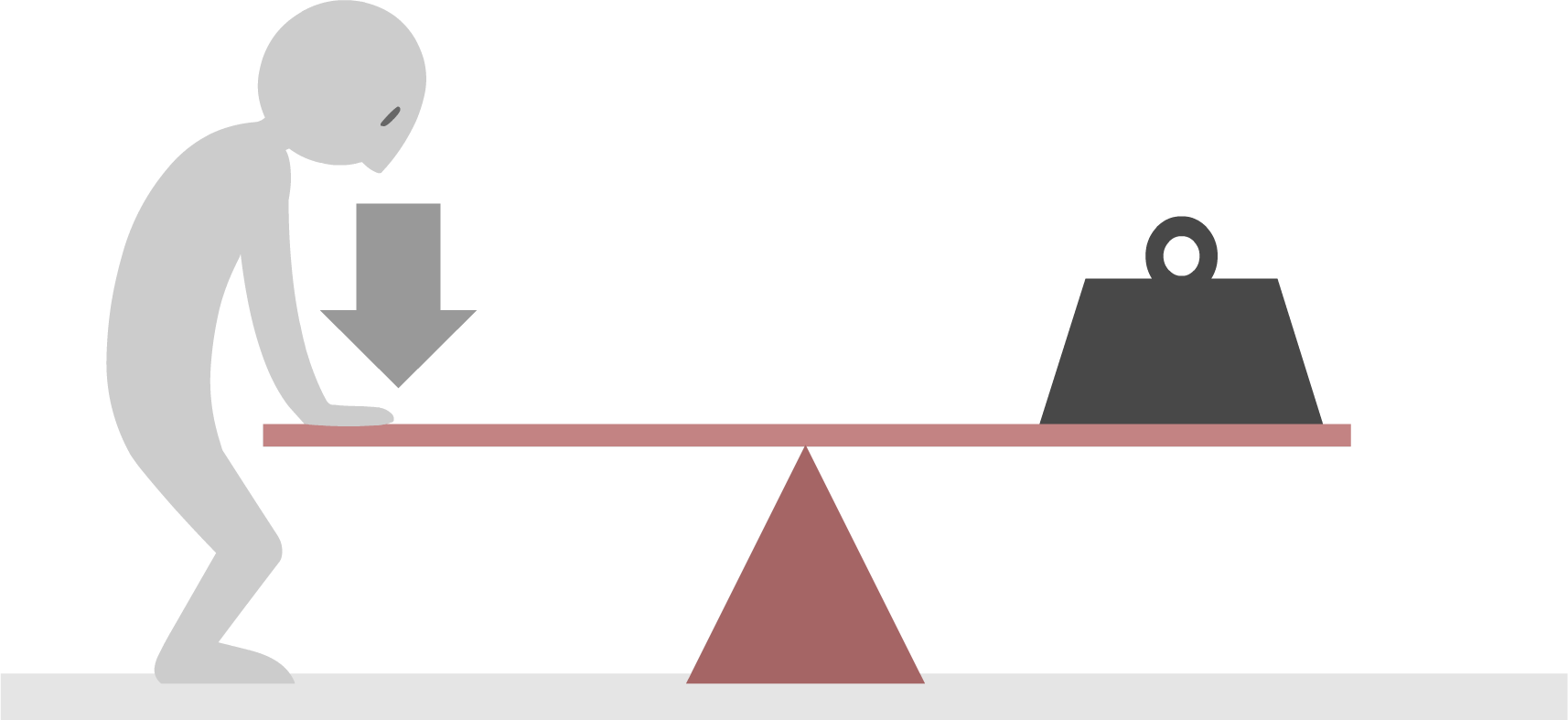 |
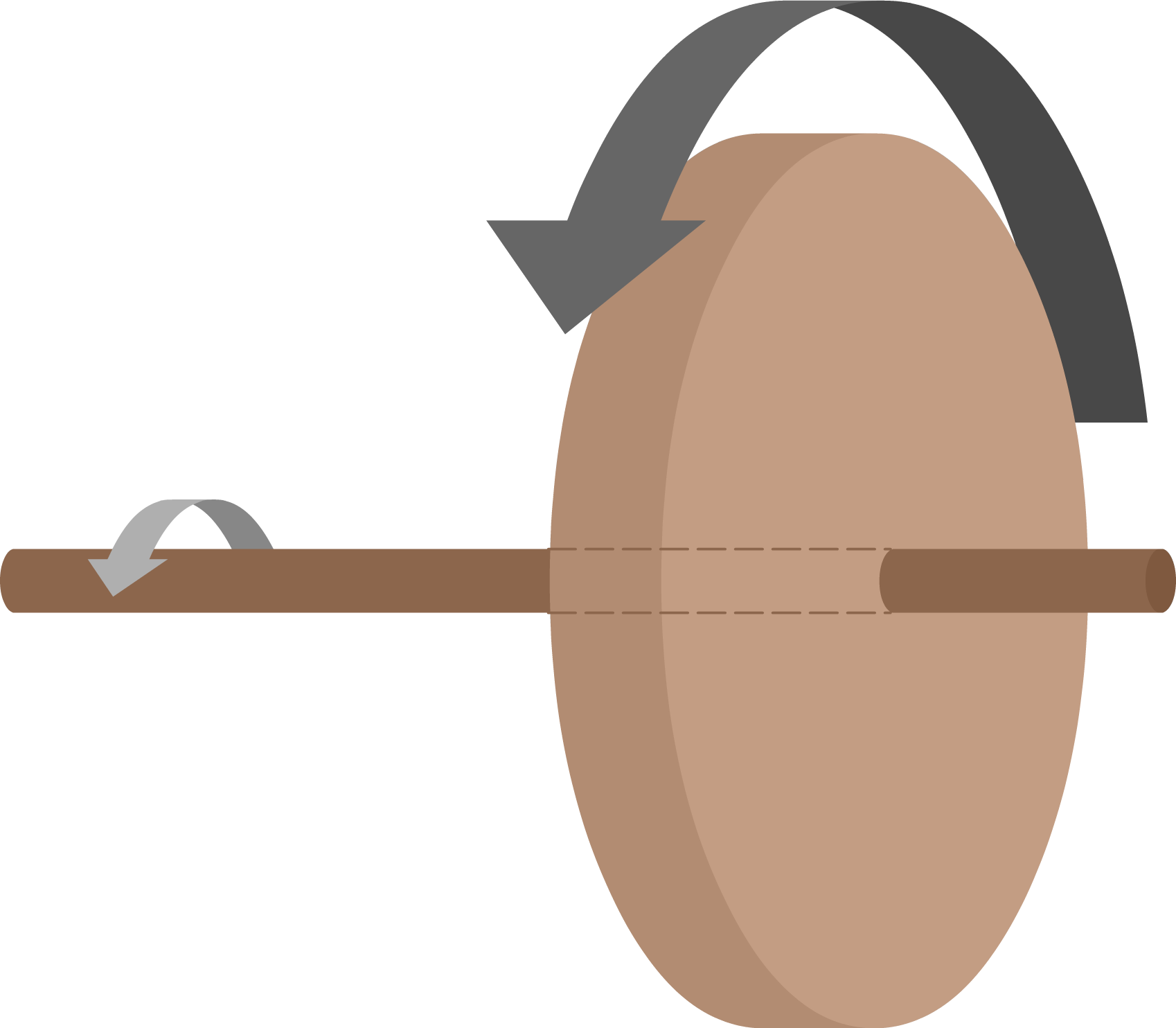 |
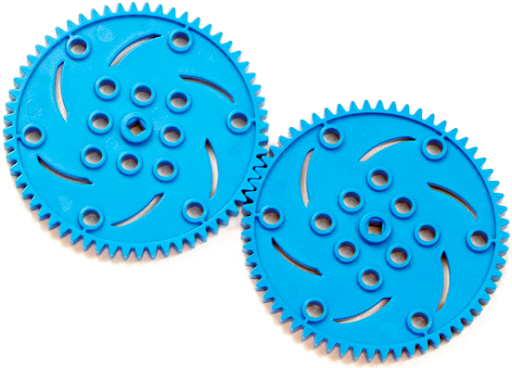 |
What is Force?
Force is a push or pull on an object. When force is applied to an object, and that force is also unopposed, it will change the speed or direction of the object. Force is used to move things around us. We will work with several forms of force in this unit, including applied force, balanced and unbalanced forces.
Applied Force
An applied force refers to a force applied to an object. If you were to push your chair across the room, then you would be applying force upon the chair.
There are balanced as well as unbalanced forces. Forces that are equal but opposite in directions are called balanced forces. Balanced forces do not cause an object to move.
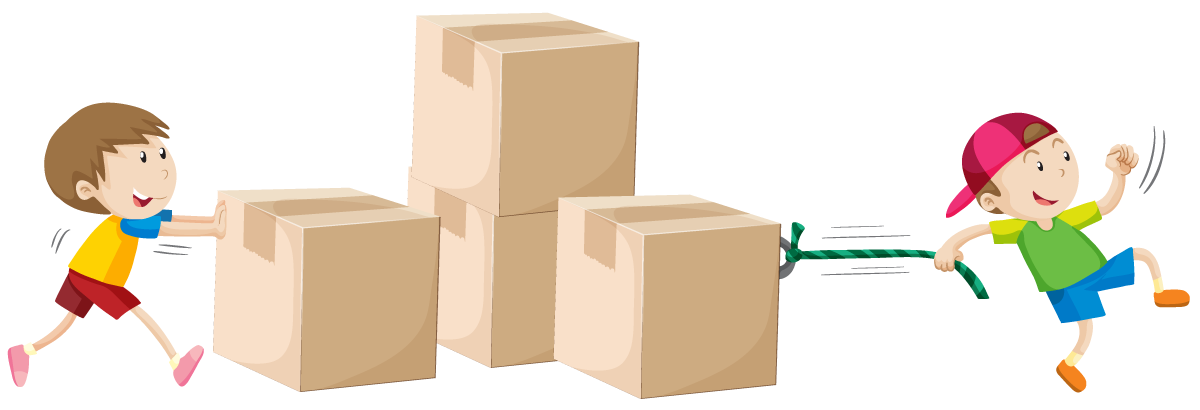
Balanced and Unbalanced Forces
Forces that are equal but opposite in directions are called balanced forces. Balanced forces do not cause an object to move. An example of a balanced force would be two groups of people playing tug of war with the same amount of force. This would cause the rope to stay in place since the opposing forces being exerted on both sides are equivalent.
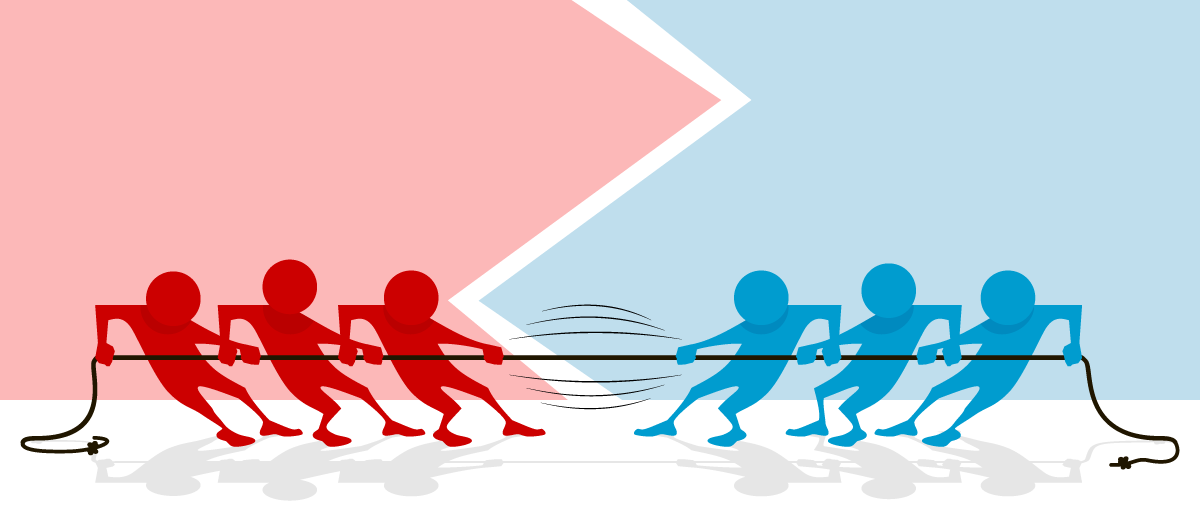
However, forces that are unbalanced will cause an object or objects to move. Suppose one of the teams in our tug of war pulls harder than the other team, the forces would no longer be equal. One team would be able to pull the other team in the direction of the larger force.
Unbalanced forces cause a change in motion of the object to which the force is applied. Simple machines such as the Inclined plane, use an unbalanced force to make work easier. For instance, objects are known to accelerate down the inclined plane, due to an imbalance in the force of gravity.
Gravitational Force
The force of gravity is the force with which the earth, moon, or other massively large object attracts another object towards itself. By definition, this is the weight of the object. All objects upon earth experience a force of gravity that is directed "downward" towards the center of the earth.
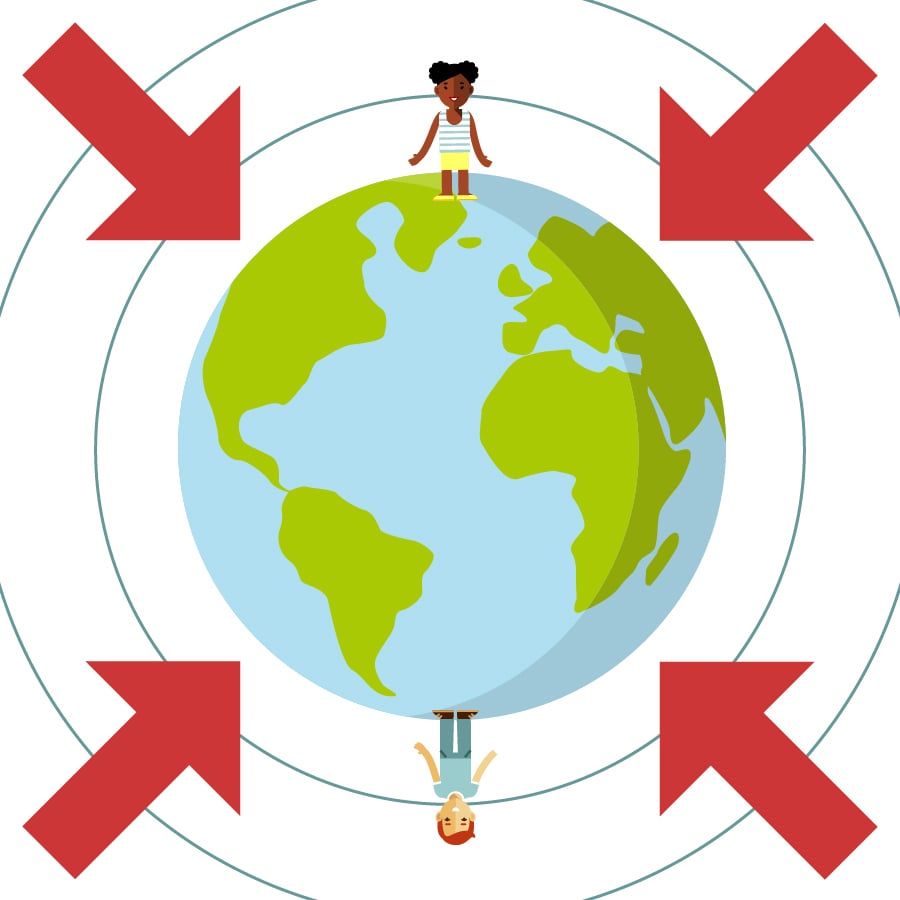
What is Work?
In science, work is the use of force to move an object from a fixed starting point. Simple machines make work (moving objects) easier.
The scientific definition of work is the amount of force that is applied to an object multiplied by the distance the object is moved. Thus, work consists of force and distance. Each job takes a specific amount of work to finish, and this number does not change. Thus, the force times the distance always equals the same amount of work. This means that if you move something a smaller distance you need to exert a greater force. On the other hand, if you want to exert less force, you need to move it over a greater distance. This is the force and distance trade off.

What is Mechanical Advantage?
Mechanical Advantage is when you need less force to do the same amount of work because a simple machine is used to increase and change the direction of the applied force. Mechanical advantage can be adjusted to meet specific needs. Two types of mechanical advantage are speed and torque.
What is Torque?
Torque is a mechanical advantage that makes the output of a driven gear or machine more powerful. Torque is made if a force is used to begin or stop an object from turning, as with the spinning of gears, and with the partial turn of a lever. Watch the animation below to see a smaller gear driving a larger gear to operate for greater torque.
What is Speed?
Speed is the distance an object moves over time and is a mechanical advantage that makes the output of the driven gear or machine faster. With regards to gears, speed is inversely related to torque. If the speed is desired in the output, then torque must be decreased. The inverse is also true, If more torque or power is desired as the output, then speed will decrease. Watch the animation below to see a larger gear driving a smaller gear to operate for greater speed.